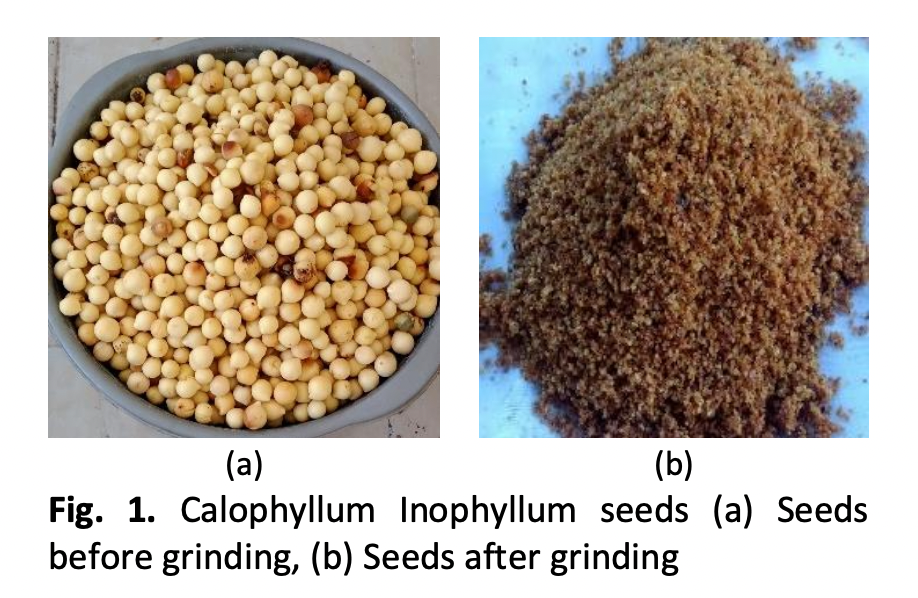Analysis of Calophyllum Inophyllum Biodiesel Combustion with Variations of Magnetic Field Strength
DOI:
https://doi.org/10.37934/arfmts.114.1.3042Keywords:
Biodiesel, combustion, magneticAbstract
The problems facing the world today are limited fossil fuels and increasing global warming due to fuel emissions. Therefore, there is a need to transition from fossil energy to alternative energy that is environmentally friendly and renewable. Biodiesel is an alternative material that can be used as a substitute for diesel fuel. This research aims to improve the combustion quality of calophyllum inophyllum biodiesel using the magnetic field influence method. The combustion test method uses a Bunsen burner and variations in magnetic strength of 4000 gauss, 8000 gauss and 12000 gauss are given. The equivalent ratios used in combustion analysis are 0.6:1, 0.7:1, 0.8:1, 0.9:1, 1:1, 1:1.1, and 1:1.2. The fuel and air flowing in the Bunsen pipe are heated to a constant temperature of 250°C for the fuel evaporation process. Then the resulting flame was analyzed for its combustion characteristics with RGB color variables, laminar burning velocity, and flame height. The research results show that the stronger the magnetic field effect, the more optimal the combustion quality will be. This is indicated by the increasingly strong magnetic field effect exerted on the flame, causing the red color intensity to decrease, the laminar burning velocity to increase, and the flame height to decrease. This is because the magnetic field can influence the movement of O2 molecules and cause a change in the orientation of the hydrocarbon from para to ortho. As a result, diffusion combustion becomes minimal and the combustion reaction becomes faster.
Downloads
































